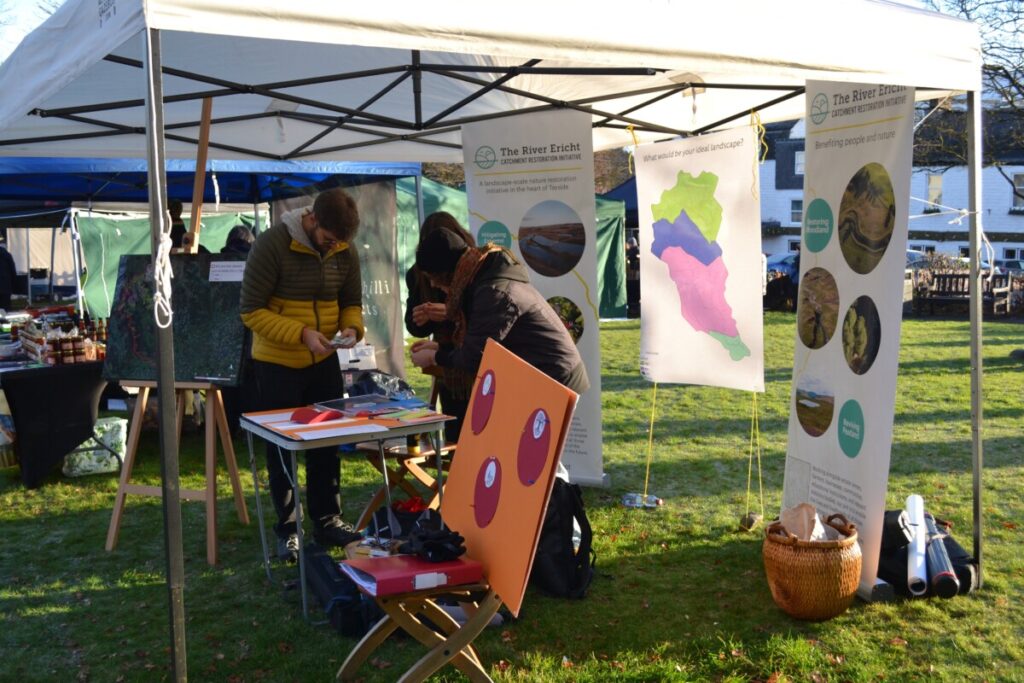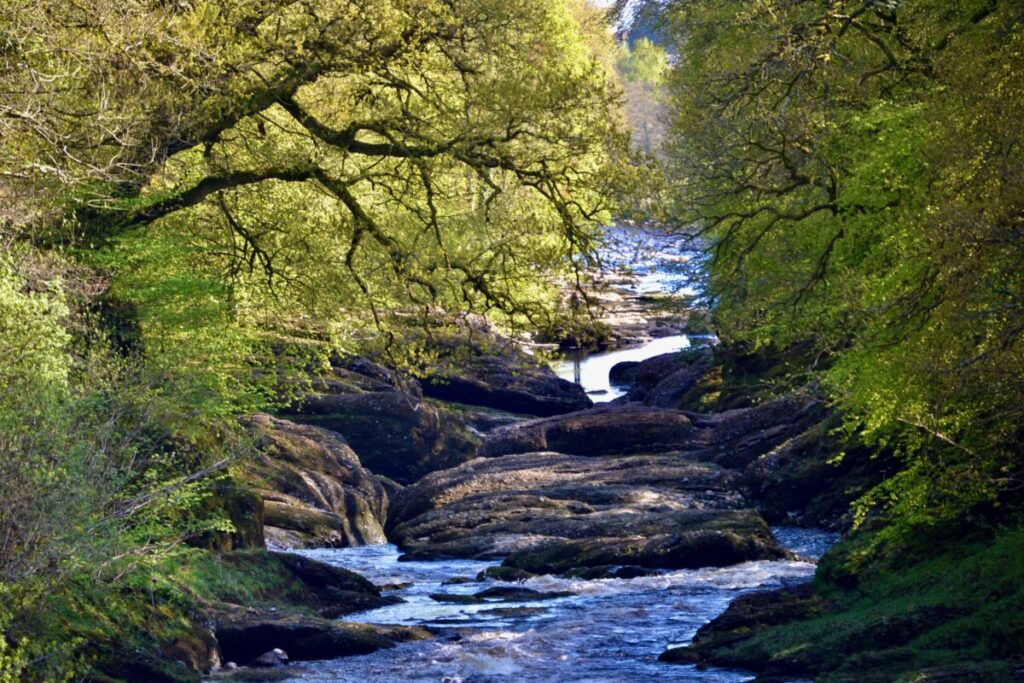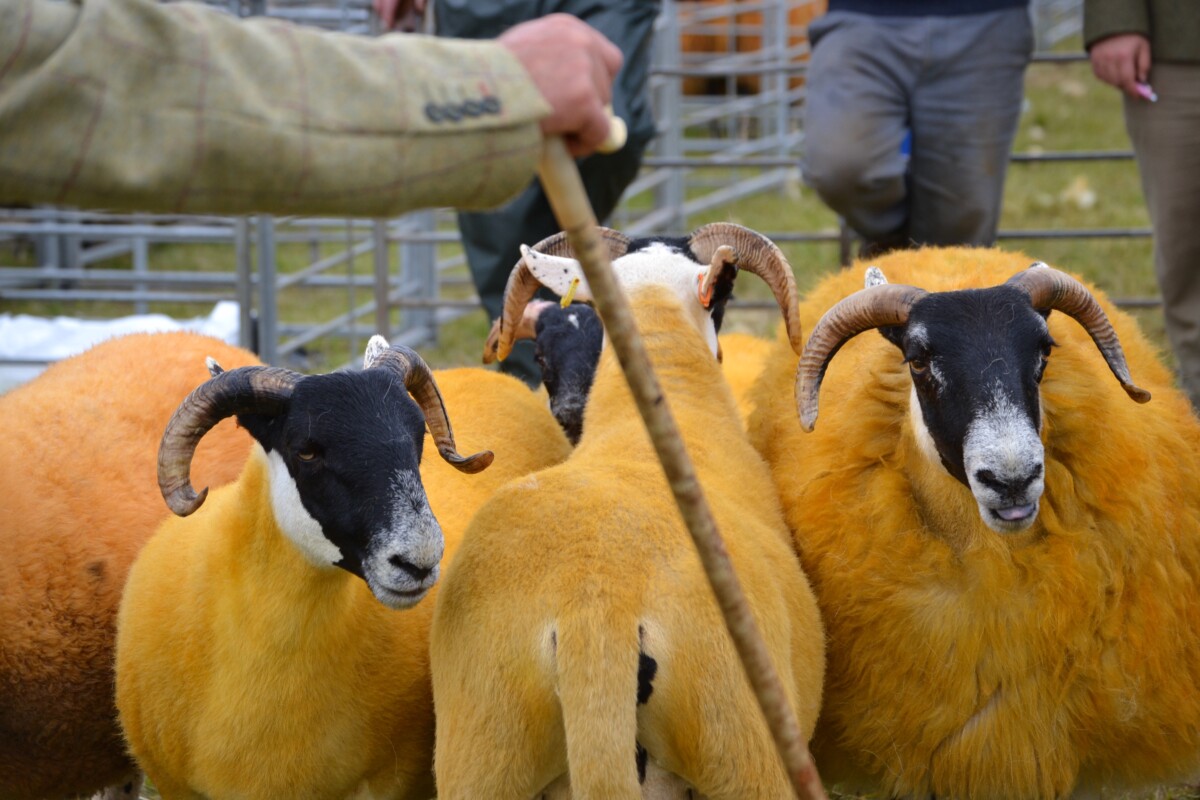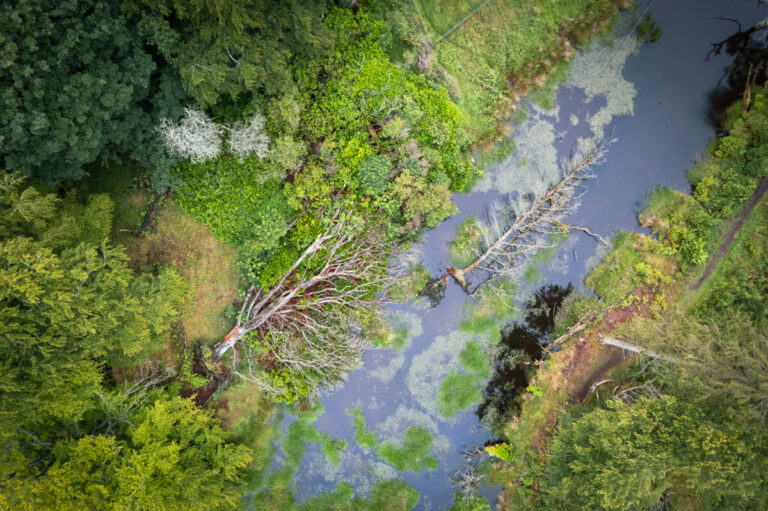Our project’s ‘Pioneer’ status means that we are being offered some fantastic opportunities to pilot new ways of working to restore nature at landscape scale.
One of those is the opportunity to work with ETH Zurich on trialing a new tool for our next project milestone which is the development of the restoration vision – what all the different stakeholders, communities of interest and communities of place in the catchment want to see happen in the future.

Called Strategy Games, the tool builds on systems modelling foundations to enable people, businesses and organisations to understand each others points of view and find new ways to negotiate agreements in complex environmental and policy settings.
Here is Dr Ivan Novotny from the ETH Zurich Environmental Systems Science team explaining a bit more about how it all works.
Can you tell us what a ‘Strategy Game’ is and why it is a methodology that is gaining interest in the field of nature restoration?
Strategy Games offer opportunities for people to participate in creating and shaping models of landscapes.
They are models because they represent the important resources and elements of landscapes, as well as the underlying ecological and economic processes that drive change. They are participatory because anyone can engage with the model by playing the game. By depicting landscape realities in a game format, strategy games differ from computer-based or mathematical models by including people in the modelling process. People can play Strategy Games, and in doing so they can explore different decision-making processes, or management or policy options, and they can see the resulting outcomes through the game setting. As such, Strategy Games embed human perspective within the modelling system, and allow people to participate in the development and testing of alternative options or scenarios. Through a game, we can explore how, for example, farmers respond to changes in subsidies, or how landowners’ interest in conservation is affected by changes in the carbon market. At their core, Strategy Games aim to bring actors with different world views around the same table, to share their visions, and to foster open and transparent dialogue towards the development of agreed solutions.

ETH Zurich is renowned for this kind of work and has been using this methodology in other parts of the world, can you tell us where and what the impact was?
Our research group, Ecosystem Management, has used strategy games extensively in the tropics, including in Cameroon, Colombia, Indonesia, the Congo Basin, Bolivia, Brazil, Madagascar, Gabon, Togo, São Tomé and Principe, and India, and more recently in Europe, including in France, Switzerland, and now Scotland. Contexts and issues, of course, differ across countries, yet in each case we deal with ‘wicked problems’. Wicked problems arise when actors have conflicting interests, and when there is disagreement about how the problems to be tackled should be defined and framed, or even what the key problems are. Such ‘wickedness’ often emerges in complex socio-ecological landscapes. Our games help to understand and negotiate pathways by which such problems can be addressed. Impact can be as simple as building a shared understanding and enabling people to work more effectively together. This can lead to more substantial tangible impacts. For example, our games have fostered the creation of a Water Management Council in Bhutan, the emergence of cooperatives for smallholder oil palm producers in Cameroon, and watershed management agreements in Colombia.
Why do you think Scotland is a good place to introduce this kind of approach?
Scotland is trying to achieve a lot, very quickly, with limited resources. There is broad recognition of the need to respond to the climate challenge, and to reverse biodiversity loss, while ensuring food security and accommodating sporting and recreational interests. Add to this issues of land reform, new ideas on decentralised governance, and the need especially in rural areas for job creation, housing, and infrastructure, and we very quickly become enmeshed in the complex interactions and dynamics that typify wicked problems. If we as a society are to deliver national ambitions for increasing woodland cover and reaching net-zero carbon by 2045, then we must also address these objectives in the context of other priorities and demands placed on land and resources. This requires engaging different landscape actors, each with different interests, to collectively discuss the future of landscape management in order to reach these objectives.

Tell us about the time frame of the project you are doing with us on the River Ericht Catchment Restoration Initiative and how you are designing a bespoke game for us?
Our project started in July 2023, and will run until June 2025, with the possibility of continuing if we are invited to do so by our partners, and subject of course to available funds. At the current stage, we are listening to farmers, anglers, land managers, estate owners, community leaders, and others in the Ericht catchment to understand how each person identifies their role in the landscape, and how they perceive the role of others. We also wish to understand the range of resources that are used or valued by different people. Using this information, supported by science-based evidence that will inform processes of change in the environment, we will construct a representation of the landscape including its resources and dynamics. This information is crucial for us to design our prototype game. This we hope to test in mid-2024 with anyone who is interested to join our game sessions. Testing the game is an essential part of the process of validating our understanding of the landscape, and will help us refine and improve the game design based on the feedback we receive.
What do you expect to happen when the different stakeholders and communities of interest in our catchment come together (hopefully!) to play the game?
First, we expect them to have fun! Games are very engaging, and encourage participants to explore and test different options in a very collaborative way. Second, we hope to provide a safe space for everyone to feel free to exchange their opinions and perspectives on what can often be contentious issues. Our games are designed to let players understand how things are connected across the landscape, and can reveal how players’ actions can impact the livelihoods of other players, or the abundance of certain resources or aspects of environmental condition. This is, of course, all in the game setting, which allows us to discuss and explore solutions to such conflicts and trade-offs in a constructive way. It is only by understanding not only our individual needs, but also those of others, that we can engage in open and constructive dialogues.



